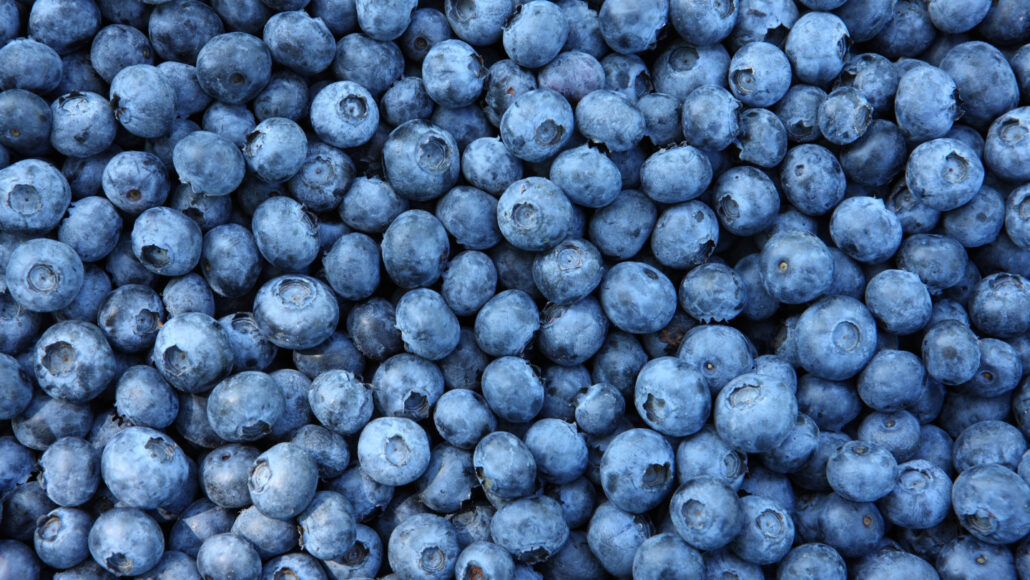
Physics
Here’s why blueberries aren’t blue — but appear to be
Blueberries actually have dark red pigments — no blue ones — in their skin. Tiny structures in the fruits’ waxy coat are what make them seem blue.
Come explore with us!

Blueberries actually have dark red pigments — no blue ones — in their skin. Tiny structures in the fruits’ waxy coat are what make them seem blue.

Weekly updates to help you use Science News Explores in the learning environment
Thank you for signing up!
There was a problem signing you up.

The loudness of falling water depends on the height of the pour and the thickness of the stream.
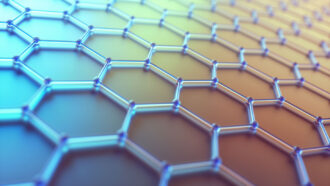
Two-dimensional materials such as graphene could improve electronics, carbon capture and more.
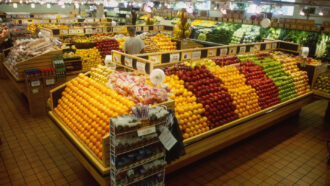
About 10 percent of the fruit in a tilted market display can be removed before it will crash down, computer models show.
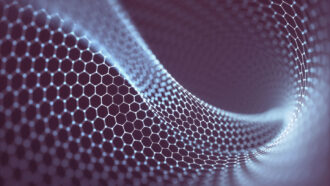
Scientists have been trying to understand and harness this material’s superpowers since its discovery in 2004.

Sunlight, lamplight and other lights are usually unpolarized. But passing light waves through filters can ‘polarize’ them.
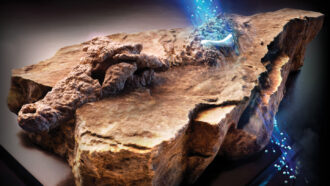
Images made with these particles have revealed details of dinosaur bones, mummies and more.

Because Earth spins, airborne objects traveling far and fast — such as airplanes — experience deflections in their motion.
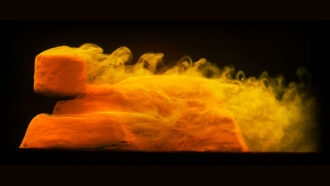
Steady ‘winds’ can carve clay blobs into lion-shaped landforms called yardangs, a new study suggests. One such yardang may have inspired the Great Sphinx of Giza.

Researchers in Sweden coaxed wood to conduct electricity, then used it to make a climate-friendlier building block of electronics.